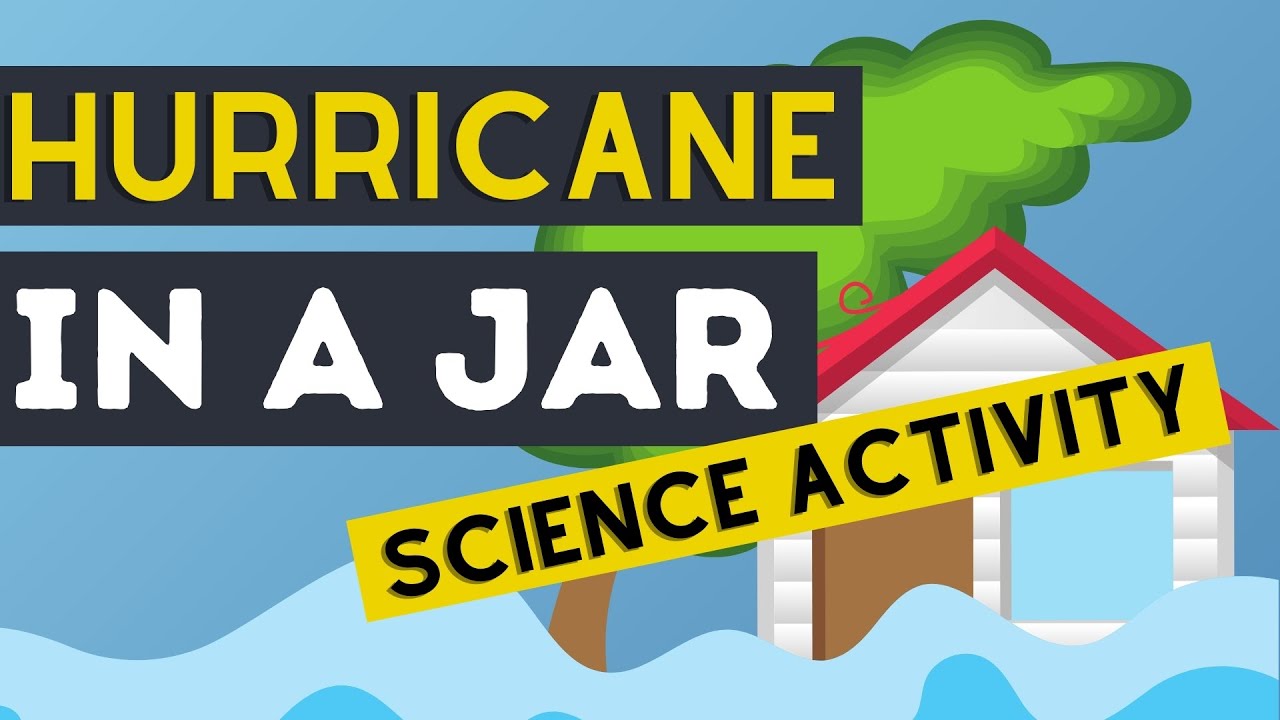YouTube's best convection currents video! Science demonstration for your students
Summary
TLDRThis educational video demonstrates the concept of convection currents using a simple experiment with food coloring and a hot mug. It visually explains how heated water rises, drawing cooler water into its place, creating a cycle. The demonstration connects to ocean currents, illustrating how cold water sinking near the poles drives global water movement. The video also touches on the broader implications of convection for weather systems, continental drift, and even lava lamps, offering a hands-on link for viewers to replicate the experiment.
Takeaways
- 🔥 The concept of 'heat rises' is visually demonstrated with a hot mug causing water to rise from the bottom of a container.
- 🌈 Food coloring is used to illustrate the movement of water, showing how it rises and falls due to temperature changes.
- 🔍 The script highlights the principle that water movement doesn't leave a void; instead, water from another area moves in to replace it.
- 🌀 Convection currents are introduced as a key driver of ocean currents, with the demonstration showing how hot water rises and cool water sinks.
- 🌊 The video explains that deep ocean currents are driven by cold water sinking near the poles, rather than by hot water rising.
- ❄️ An ice cube with blue food coloring is used to visually represent how cold water sinks in the ocean.
- 🌍 The script connects the concept of convection currents to global ocean circulation, which can take a thousand years for some currents to complete.
- 🌤️ Understanding convection currents is crucial for grasping weather systems, the movement of Earth's continents, and even the operation of a lava lamp.
- 🔗 The video provides a link for viewers to try the experiment themselves, encouraging hands-on learning.
- 🎵 The script is presented with a musical backdrop that enhances the viewing experience and fades out at the end.
Q & A
What is demonstrated in the beginning of the video?
-The video begins by demonstrating the concept that heat rises, using food coloring in a plastic container and a hot mug to illustrate the rising of warm water.
Why does the blue food coloring on the sides of the container appear to be drawn in?
-The blue food coloring is drawn in because as the warm water rises, it creates a void that the cooler water from the sides moves in to fill, according to the principle of convection.
What phenomenon is responsible for the movement of water in the container as shown in the video?
-The phenomenon responsible for the movement of water in the container is convection, which is driven by the differences in water temperature.
How does the video explain the sinking of cool water?
-The video shows the sinking of cool water by demonstrating that as the hot water rises, it gets pushed to the edges and cools down, causing it to sink back towards the center.
What role do convection currents play in ocean currents?
-Convection currents are one of the major driving forces behind ocean currents, especially in the deep oceans, although it's the sinking of cold water near the poles that primarily drives ocean currents.
How does the video use a piece of ice with blue food coloring to illustrate a concept?
-The video uses a piece of ice with blue food coloring to visually demonstrate how cold water sinks, as the ice melts, the cold water with the blue dye sinks to the bottom.
What is the connection between convection currents and weather systems?
-Convection currents help drive weather systems by moving heat around the Earth's surface, influencing temperature and pressure differences that lead to various weather patterns.
How does the video relate convection currents to the movement of Earth's continents?
-The video suggests that understanding convection currents can provide insights into the movements of Earth's continents over geological time, as these movements are influenced by the Earth's internal heat.
What other phenomenon is compared to convection currents in the video?
-The video compares convection currents to the workings of a lava lamp, where the rising and falling of the liquid create patterns similar to those seen in convection.
What is the purpose of the link mentioned at the end of the video?
-The link at the end of the video is provided for viewers who want to try the experiment themselves, offering directions on how to replicate the demonstration.
How long do some ocean currents take to complete their course, as mentioned in the video?
-Some ocean currents, as mentioned in the video, can take a thousand years to complete their course, illustrating the slow but significant movement of water due to convection.
Outlines

This section is available to paid users only. Please upgrade to access this part.
Upgrade NowMindmap

This section is available to paid users only. Please upgrade to access this part.
Upgrade NowKeywords

This section is available to paid users only. Please upgrade to access this part.
Upgrade NowHighlights

This section is available to paid users only. Please upgrade to access this part.
Upgrade NowTranscripts

This section is available to paid users only. Please upgrade to access this part.
Upgrade NowBrowse More Related Video

💥 Wow! Easy DIY Science Experiment For Kids | Make Convection Currents at Home | Kara Walker

Convection Current Experiment

STEM Experiment: Gas Convection

How To Make A Hurricane In A Jar | Hurricane Model Science Experiment | Weather Experiments For Kids

Faça com seus amigos o EXPERIMENTO da caneca assustada (EXPERIÊNCIA de FÍSICA)

IPA FISIKA : Percobaan Sederhana Konveksi Udara, Kertas Menari-nari (praktek fisika)
5.0 / 5 (0 votes)